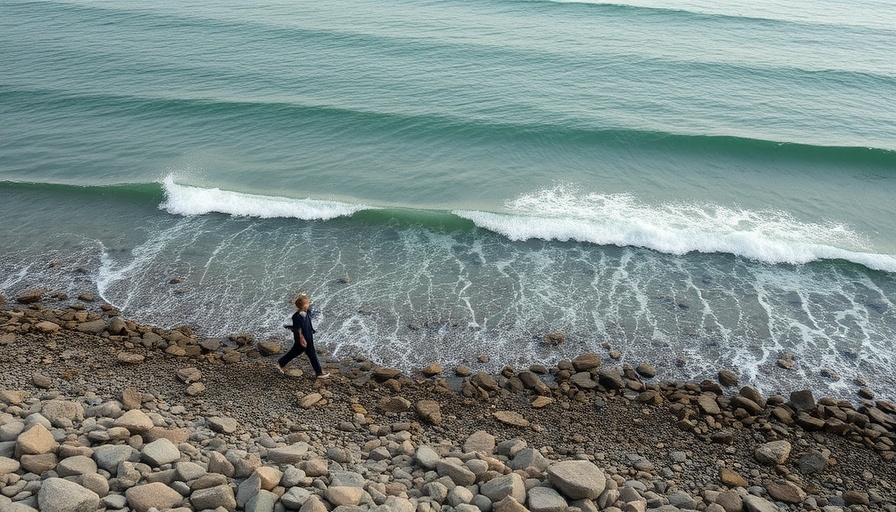
Understanding the Coriolis Effect: A Key Player in Surf Conditions
The universe has a unique way of influencing the things we love, like catching the perfect wave, and the Coriolis effect is one of those intriguing principles. This phenomenon stems from the Earth's rotation, causing moving objects such as winds and ocean currents to curve rather than maintain a straight trajectory. Imagine you're on a merry-go-round and toss a ball to a friend directly across from you. As the carousel spins, to you, it may seem like the ball is curving instead of traveling straight. Yet, from a bird’s-eye view, the ball moves in a linear direction, while the rotation of the ride affects your perspective. This is the essence of the Coriolis effect, an important element that not only shapes our weather but also the waves we surf!
The Spinning Earth: How It Moves Water Too
The Earth spins like a merry-go-round at a speed of about 1,000 miles per hour at the equator. Just like the rotating carousel affects the ball, the Earth's rotation causes weather systems and ocean currents to veer off track. In the Northern Hemisphere, these currents veer to the right, while in the Southern Hemisphere they curve to the left, creating complex flow patterns that can impact where and how swells propagate across the ocean.
The Role of Wind Patterns in Wave Generation
While the Coriolis effect plays a role in shaping how the wind behaves, it is primarily wind energy that generates ocean swells. As waves are formed, their movement is directly influenced by prevailing winds and local topography. For surfers, understanding how wind patterns interact with the Coriolis effect can provide insights on potential swells. Trade winds and westerlies, which are shaped by the Coriolis force, can set the stage for powerful swells that culminate along popular surfing spots.
How the Coriolis Effect Influences Long-Distance Swells
Interestingly, the Coriolis effect becomes more noticeable during the long journey swells take across vast oceans. As these swells travel hundreds, even thousands of miles, they subtly shift in direction due to this curvature force, largely dictated by the Earth's rotation. Although the Coriolis effect is more impactful on larger, long-distance movements rather than swift tides, its influence on trajectories is crucial for identifying the most reliable surf conditions.
Interplay with Ocean Currents: The Hidden Forces at Work
Major ocean currents like the Gulf Stream or Kuroshio Current create an additional layer of complexity in how swells behave. When ocean swells meet these powerful currents, their speed and direction can drastically change. This interaction can lead to varying wave heights and energy distribution, creating unique challenges and opportunities for surfers as they seek the ideal conditions.
Crucial Takeaways for Surfers
So, what should surfers know about the Coriolis effect? First, appreciate that while it does not dominate wave formation, it is part of the larger conversation about ocean dynamics and conditions. As a surfer, being aware of the Coriolis effect in relation to wind patterns and ocean currents can inform your decisions about where to catch the best waves.
Embrace the science behind your sport. Next time you're out there chasing swells, remember that the physics of our world supports your pursuit of the perfect ride. The ocean may sometimes appear still, but it’s anything but when you look deeper!
 Add Row
Add Row  Add
Add 




Write A Comment